We asked entrepreneurs and business owners about daily rituals that fuel their productivity and creativity. We found that their daily rituals are simple, easy to implement, enjoyable, powerful, and backed by science.
In this article, you will find how to:
- Make your morning coffee your competitive edge
- Boost productivity with intentional, recharging breaks
- Start your day with sunlight for mental clarity
- Fuel creativity by setting aside time to unplug
- Clarify goals and directions through journaling
- Build and maintain meaningful rituals that last
Let’s dive in!
Why Business Owners Need Daily Rituals?
Daily rituals ground us, offering structure and helping us follow through on the right choices, even when they’re hard.
In her book The Creative Habit, dancer and choreographer Twyla Tharp shares the morning ritual that sets the tone for her two-hour workout at the gym before her workday begins. She describes waking up at 5:30 a.m., putting on her workout clothes, stepping outside her Manhattan home, hailing a taxi, and telling the driver to take her to the gym.
“The moment I tell the driver where to go, I have completed the ritual. It’s a simple act, but doing it the same way each morning habitualizes it, making it repeatable, easy to do,” Twyla explains.
Consistently doing the right things is what separates success from failure in business.
And it’s not just morning rituals that make a difference. Simple, but consistently implemented routines throughout the day help us get the most out of our days from start to finish.
#1 Carefully Crafted Coffee

Coffee ranked highest among daily rituals.
It is an unsurprising finding, considering that over a billion people worldwide drink it regularly, representing roughly 20% of the global adult population.1 According to Statista.com, that number soars to as high as 75% in countries like Canada, the United States, and Australia.
Coffee can be your secret weapon or your energy drain. At its worst, it may cause energy crashes, disrupt sleep, and lead to caffeine dependence. But at its best, as we explore below, this daily ritual can provide a competitive edge, enhance focus, and create a sacred space for reconnecting with yourself.
How Business Owners Use it
Andrew Lokenauth, founder of The Finance Newsletter, which serves its 100,000+ readers with insights on investing, market trends, and financial news, starts his day at 5 a.m. with a carefully crafted pour-over coffee made from beans sourced from a small Brooklyn roaster. He then spends 90 minutes analyzing the financial markets, long before most people are awake. Andrew credits this early daily routine with giving him a competitive advantage.
Matthew Smith, founder of The Big Wimp decaf coffee company, gave up caffeine and discovered he still needed a grounding ritual. The sensory act of brewing, grinding beans, inhaling the aroma, and feeling the warmth became sacred. “Simply making coffee the slow way became a permission slip for the rest of my day to follow,” says Matthew.
Daniel Vasilevski, Owner of Pro Electrical, an Australian company that provides solutions for electrical issues, starts his day with a cup of coffee and a quick review of his schedule. He goes over the day’s tasks, highlighting the ones that require his full attention. This simple daily ritual helps him mentally prepare for the challenges ahead and sets a clear tone for a productive day.
How Celebrities Use It
Gabby Bernstein, a bestselling author recognized by Oprah as a “next-generation thought leader,” uses her morning coffee ritual as a creative trigger for writing. “I have a whole ritual around my writing,” she explains. “I write in the morning, and coffee is part of that ritual—frothy nut milk, sitting next to my desk. The smell of it, with no other tabs open, signals that it’s time to write.”
How You Can Make It Work
Andrew Lokenauth has excellent advice for making the most of your coffee routine: “Your ritual needs to feel a bit luxurious. That’s why I spend $25 on fancy coffee beans. The smell, the process of grinding them—it makes the whole thing feel special. Worth getting up for. It creates this Pavlovian response where my brain actually starts craving the routine.”
#2 Recharging Breaks from Work
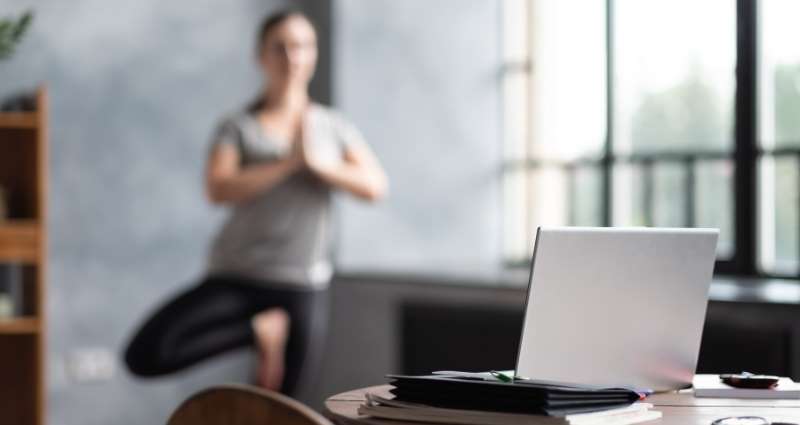
Like deep sleep, deep work cannot last for multiple hours straight.
Our ability to focus varies throughout the day. According to Daniel Pink, author of When: The Scientific Secrets of Perfect Timing, our cognitive performance can fluctuate by as much as 20% throughout the day, roughly equivalent to the gap between being sober and legally drunk.
To get the most out of our workdays, we need to identify and protect our productivity prime time, those key hours when our cognitive performance peaks.
It is equally important to safeguard white space, the breaks between periods of deep work, when our minds and bodies reset and recharge before the next stretch of focused effort.
How Business Owners Use It
Steve Schwab, CEO of Casago, a vacation rental and property management company, emphasizes the importance of taking breaks outside whenever possible. “The fresh air does wonders for me – it helps wake me up and re-energize me. It’s even better when it’s sunny and I can get some rays on my skin!”
Brett Bennett, Director of Operations at PURCOR Pest Solutions, schedules his breaks at the same time every day. He never works too long without a break and uses those consistent times as daily milestones, which keeps him motivated and helps him accomplish a lot throughout the day.
Adam Hamilton, CEO of REI Hub, a provider of software for property investments, has a daily ritual of enjoying an afternoon beverage exactly at 2 p.m. This consistent routine gives him a refreshing pick-me-up, helps fight post-lunch sluggishness, and provides a small break to recharge and stay motivated through the afternoon.
How Celebrities Use It
Laura Vanderkam, productivity expert and the author of multiple books on productivity, recommends intentionally leaving “white space” in your calendar. “White space” is unscheduled time allocated for recharging, thinking, or handling unexpected tasks. She emphasizes that overscheduling can lead to stress and reduced productivity.
Another productivity expert, Ali Abdaal, author of Feel-Good Productivity, emphasizes the importance of taking breaks that recharge rather than drain you. For instance, doomscrolling on your phone can leave you mentally exhausted. In contrast, recharging breaks, such as taking a walk, spending time outdoors, exercising, or practicing mindfulness, help restore energy and focus.
How You Can Make It Work
- Pay attention to your energy fluctuations throughout the day.
- Find how long you can keep a sharp focus before needing a break.
- Schedule “productivity prime time” hours and “white space” between them.
- Use your “white space” hours for activities that restore your energy.
#3 Getting Morning Sunlight
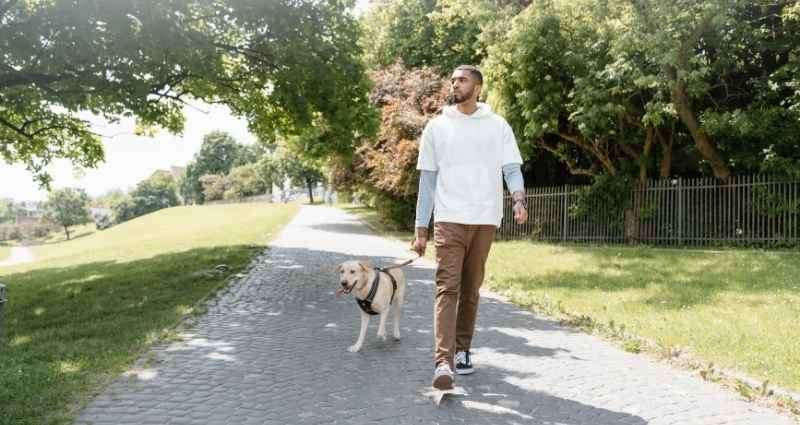
Every human should go outside and get at least 15 minutes of direct natural light in the morning, said Dr. Michael J. Breus, PhD, a renowned clinical psychologist specializing in sleep disorders. 2
Sunlight helps regulate our internal clock, which controls our sleep-wake patterns, known as the circadian rhythm. Morning sunlight signals the body when it’s time to wind down.
Research highlighted in Frontiers in Psychology confirmed that spending just 20 to 30 minutes outside in nature significantly lowers stress hormone levels.3
A growing body of research has demonstrated the benefits of exposure to natural morning light, including improved sleep and mental health, reduced stress, enhanced focus, and a decreased likelihood of chronic diseases.
How Business Owners Use It
Hazel Andrews-Oxlade, owner at The Creative Content Company, a UK-based business specializing in social media management and content writing services, starts her morning around 8 am. Hazel prepares everything for the day and takes a 25-minute walk. For Hazel, this morning routine is more than just physical activity, it’s a mental reset. “It gives me the headspace on the walk to think about what I am doing that day and have ideas and thoughts for it,” she explains. Starting the day with 2,000 steps also gives her a sense of accomplishment.
Carr Lanphier, CEO of a house-painting company Improovy, also makes a morning walk part of his daily routine, even if it’s just a quick lap around the block. He has learned that even a small dose of morning exercise makes a big difference: “Getting some amount of exercise in the morning helps me immensely with being productive and energized during the workday”. Carr also finds that morning walks help him clear his head.
Jeremy Yamaguchi, CEO of Cabana, a California-based company that provides pool maintenance and repair services, takes his morning coffee out on his porch before a workout or a morning walk. Jeremy finds that being outside in the morning wakes him up. “I don’t feel like I am going straight from bed to work, especially when working from home,” says Jeremy.
How Celebrities Use It
Billionaire Jack Dorsey walks five miles to his office in the Bay Area each morning, which takes him over an hour. Dorsey describes his morning walks as the best investment he’s ever made.4
During his morning walks, Dorsey listens to music or audiobooks, reflects on his thoughts, and takes in the sights and rhythm of the San Francisco streets.
How You Can Make It Work
Alex Smith, Manager and Co-Owner of Render3DQuick.com, also begins his day with a morning walk and offers practical advice for anyone looking to build a similar habit: “If you’re trying to build a ritual like that, keep it simple and easy to repeat. Don’t overthink it or wait for the perfect setup. Start small, even when you’re tired or busy. And give it enough time to become automatic before judging whether it works. Sure, you’ll miss it some days, but consistency over time makes a bigger impact than perfection”.
#4 Protecting Time to Unplug
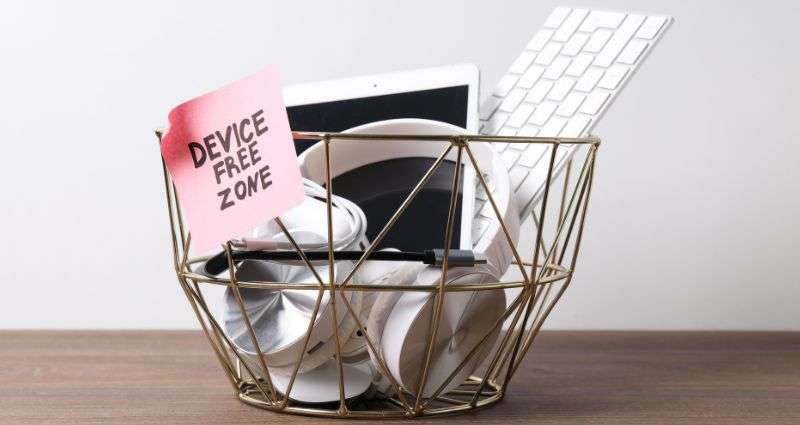
Digital distractions are designed to overstimulate our brains, often leading to mental fatigue, overwhelm, reduced focus, and memory issues.
Research shows that removing constant stimulation and allowing ourselves to experience boredom helps rebalance the nervous system, enhances creativity, and improves decision-making.5
Our minds need time to wander freely for creative insight and time to focus for effective execution. Constant overstimulation robs us of both.
Taking time to unplug gives us back our power to create and execute successfully.
How Business Owners Use It
Edward Tian, CEO of GPTZero, a company that provides technology solutions for responsible AI adoption, makes a conscious effort to minimize screen time before the workday. “It’s become a ritual for me to eat breakfast with my phone face down,” he shares. Working in tech means he spends most of his day in front of screens, so being intentional about unplugging helps mentally and physically. His mornings are now much more peaceful and grounding.
Alex Smith, Co-Owner of Render3DQuick.com, a leading provider of 3D architectural rendering services, starts his day by walking around the neighborhood without screens or headphones, clearing his head, and setting the pace for the rest of the day. “The point is that I’m not jumping straight into emails or client calls. That little bit of space gives me a clearer mind when I dive into the technical side of our projects,” says Alex.
Matt Little, Founder of Festoon House, developed a habit of unplugging for an hour midday without phone, emails, and other distractions. He also takes 15-minute screen-free breaks. “Sometimes it’s a walk with pen and paper, other times just sitting in the sun. Stepping away clears my head and sparks new ideas. Those breaks help me deliver better work faster,” said Matt.
How Celebrities Use It
Manoush Zomorodi, journalist and author of Bored and Brilliant: How Spacing Out Can Unlock Your Most Productive and Creative Self, discovered the transformative power of boredom while navigating early motherhood without digital distractions. That experience sparked self-discovery and innovation, inspiring her to become a leading advocate for reducing digital overload.
James Clear, bestselling author of Atomic Habits, keeps his phone outside his home office until noon. “I don’t always do it, but when I do, I almost always have a better morning because I get to work on my agenda, I get to respond to things that I find most appropriate,” he told CNBC.6
How You Can Make It Work
- Regularly observe and review your digital habits
- Minimize the use of electronic devices before bedtime
- Block time without electronic devices in your calendar
- Put your phone out of sight during your deep work
#5 Journaling
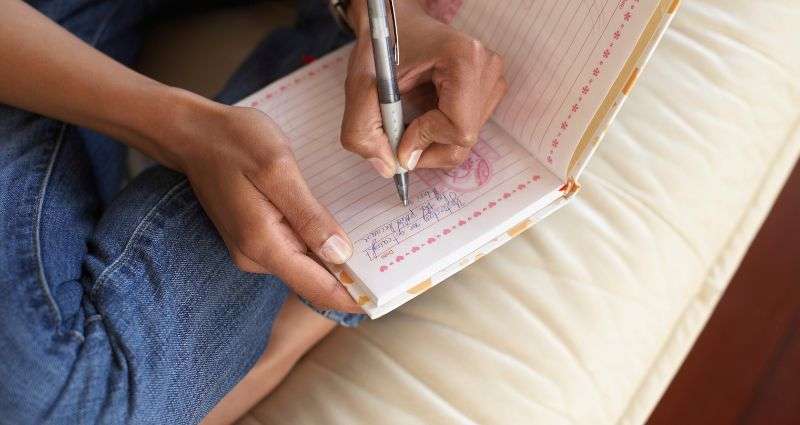
Journaling is a very powerful daily ritual. A 2019 study in Complementary Therapies in Clinical Practice found that journaling for just six weeks can ease stress and anxiety, reduce depression, improve sleep quality, and support emotional healing.7
Journaling can fuel business growth by bringing clarity, sharpening focus, and fostering a deeper understanding of goals and challenges.
The path to creativity and innovation through writing was explored by many writers, notably in Julia Cameron’s The Artist’s Way: A Spiritual Path to Higher Creativity and Mark Levy’s Accidental Genius: Revolutionize Your Thinking Through Private Writing.
By allowing our thoughts to flow freely when we journal, we bypass our inner critic and conscious filters, giving voice to deeper insights and ideas.
How Business Owners Use It
Matthew Goulart, founder of Ignite Digital, a digital marketing agency, regularly writes down his biggest wins, most embarrassing failures, and untapped opportunities in what he calls a “Personal Inventory” session. It’s an honest self-audit in which he challenges his comfort zone, playing devil’s advocate against complacency. He asks himself, “If I were starting my journey today, would I still choose this path for the next 10 years? Or am I settling for safety at the cost of potential?”
Mark Niemann, Founder at German company MO Casa GmbH, which specializes in the production of high-quality office desks, starts each day with a brief journaling session and a strong black coffee. He uses this ritual for clearing mental clutter and zeroing in on top priorities. He reviews the past week on Sunday evenings and plans the coming one.
How Celebrities Use It
Emma Watson, known for her role as Hermione in the Harry Potter series, keeps a daily journaling ritual. “This is my ritual, every single day I write in this,” she shares. Emma writes down three joyful moments from the day before, three acts of kindness she was involved in, and three things she feels she did well. 8
Joe Bunting, Wall Street Journal bestselling author and founder of The Write Practice, describes his experience with freewriting in these words: “Fifteen minutes of freewriting a day. What I began to notice was that, almost at random, similar themes were coming up. Themes around exploring creativity, finding your authentic voice, keeping artistic integrity, and how creativity is tied into identity. As I noticed this, ideas began to form in me.”9
How You Can Make It Work
- Make journaling a daily habit, ideally in the morning, the earlier the better for a clear, focused mind.
- Set boundaries for each session, whether by time or length. Aim for 5 to 20 minutes per entry.
- Commit to consistency by journaling regularly for at least four months to experience meaningful results.
- Clarify your goals. Are you journaling for business growth, emotional healing, gratitude, or something else? Create writing prompts that support your goals.
Starting and Keeping Rituals
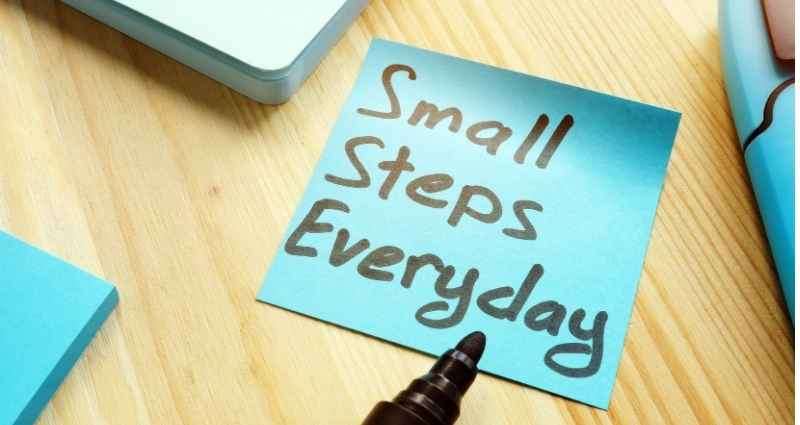
In a fast-paced world, doing simple things, such as stepping outside for morning sun, setting your phone aside before work, or slowly brewing a good cup of coffee, can feel challenging to initiate and sustain.
These are the recommendations shared by entrepreneurs we spoke with on building and sustaining meaningful rituals.
Begin with Why
“It is vital to know why you’re creating a ritual first of all. Why do you want to have this habit? What will it add to your life? What will happen if you don’t sustain it?”
Lea K. Tawd, Artist and Author of Creativity Unstuck: A Toolbox for Making More Art.
Get Started
“For anyone trying to build a similar habit, I’d say don’t wait for the perfect moment or the ideal conditions.”
Matt Little, Founder of Festoon House.
Take Small Steps
“Start small. Really small. Like, embarrassingly small. When I first started meditation, I did 2 minutes. Not kidding. Now I’m at 20 mins & it’s automatic. But trying to start at 20 would’ve made me quit after day 3.”
Andrew Lokenauth, founder of The Finance Newsletter.
Be Consistent
“Consistency is what matters most. It’s about finding a small routine that works and sticking to it, even when things get busy.”
Daniel Vasilevski, Owner of Pro Electrical.
Be Flexible
“Build in flexibility. Markets don’t sleep & neither does entrepreneurship. Some mornings, breaking news means skipping meditation. That’s fine. The ritual serves me, not the other way around.”
Andrew Lokenauth, founder of The Finance Newsletter.
Protect Your Rituals
“Protect your routines in your calendar like any other business-critical meeting.”
Mark Niemann, Founder at MO Casa GmbH.
Challenge Your Rituals
“My advice is to treat your habits like software. Audit them, challenge them, update them to 10.18 like your iOS, and be willing to uninstall what no longer serves your next version.”
Matthew Goulart, founder of Ignite Digital.
Experiment
“Give yourself permission to try. Permission to experiment. Permission to make mistakes. Permission to take as much time as you need.”
Amy L. Bernstein, Book Coach, Creativity Counselor, and author of Wrangling the Doubt Monster: Fighting Fears, Finding Inspiration.
Go Easy
“Take your time and be kind to yourself. Don’t make all the changes at once.”
Hazel Andrews-Oxlade, Owner at The Creative Content Company.
FOOTNOTES
- “How Many People Drink Coffee?” is featured on CoffeeDasher, a platform for coffee-related facts and statistics.
- “Get Morning Light, Sleep Better at Night,” published on WebMD, explains how exposure to natural morning light can help regulate the body’s internal clock and improve sleep quality.
- “Urban Nature Experiences Reduce Stress in the Context of Daily Life Based on Salivary Biomarkers,“ published in Frontiers in Psychology and authored by MaryCarol R. Hunter, Brenda W. Gillespie, and Sophie Yu-Pu Chen, examines how spending time in nature reduces stress.
- “Jack Dorsey Wakes Up at 5 A.M. and Walks 5 Miles to Work—Here’s What Happened When I Tried That Routine for a Week,” written by Kathleen Elkins and published on CNBC, documents a weeklong experiment with Jack Dorsey’s morning habits.
- “Being Bored Could Actually Be Good For Your Brain, Scientists Reveal,” published on ScienceAlert and authored by Michelle Kennedy and Daniel Hermens, explores how boredom activates brain networks that foster introspection and creativity.
- “Bestselling ‘Atomic Habits’ Author’s No. 1 Rule for More Productivity,” published on CNBC, discusses James Clear’s recommendations for improving the digital environment and reducing distractions.
- “Expressive Writing to Improve Resilience to Trauma: A Clinical Feasibility Trial,” published in Complementary Therapies in Clinical Practice investigates the use of structured journaling to enhance resilience and reduce stress.
- “Try Emma Watson’s Viral Daily Journaling Practice for a Simple, Effective Mindfulness Habit,” written by Amanda Chatel highlights Watson’s journaling routine.
- “How Free Writing Helps You Find Your True Creative Voice,” published on The Write Practice and authored by James Prescott, discusses how unstructured daily writing can help overcome creative blocks and reconnect with authentic expression.